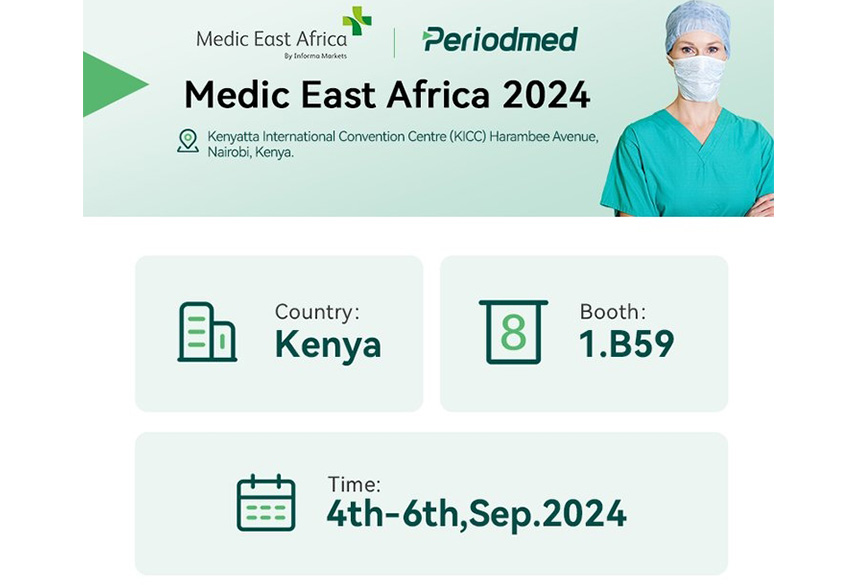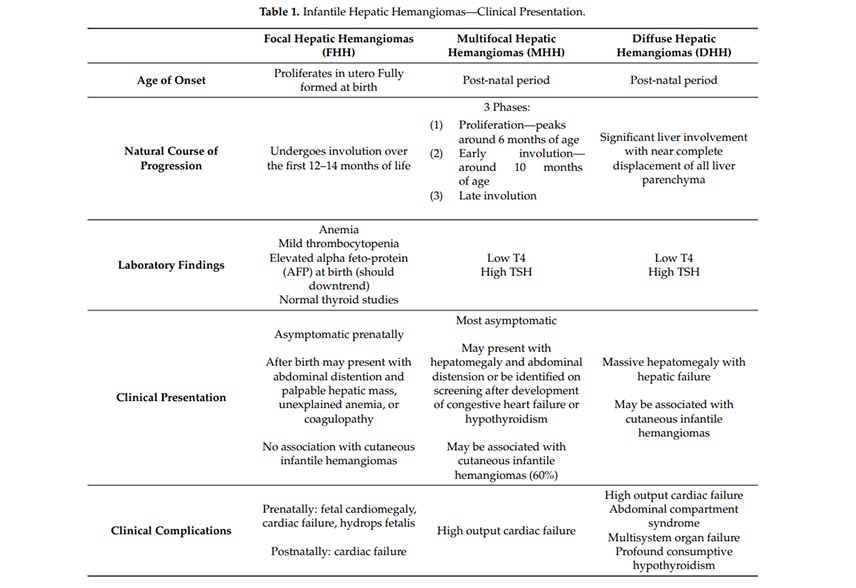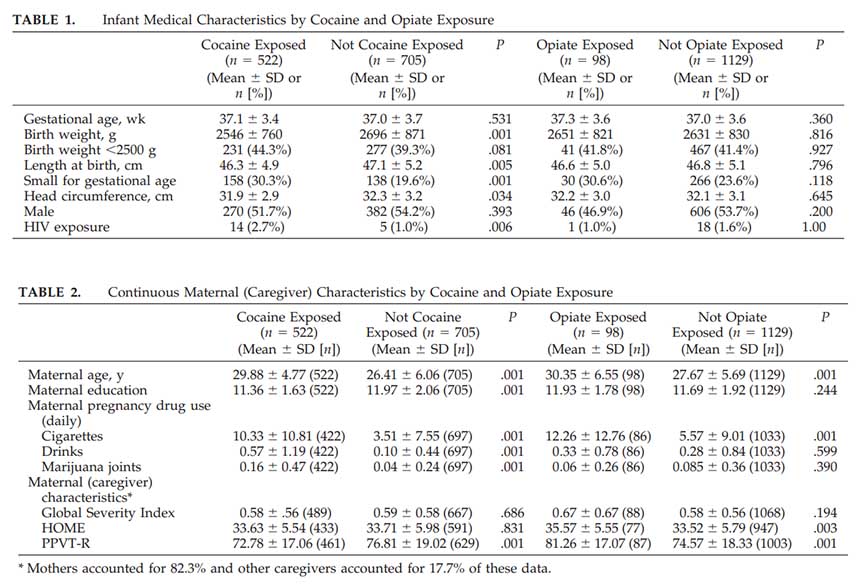How Ultrasound Helps Arthritis Diagnosis on World Arthritis Day 2025
World Arthritis Day, which is observed annually on October 12th, serves as a crucial global platform dedicated to addressing the challenges posed by arthritis. Arthritis a group of conditions that affect over 350 million people worldwide. This common health issue is not just a condition that affects the elderly; it can strike at any age, including children.
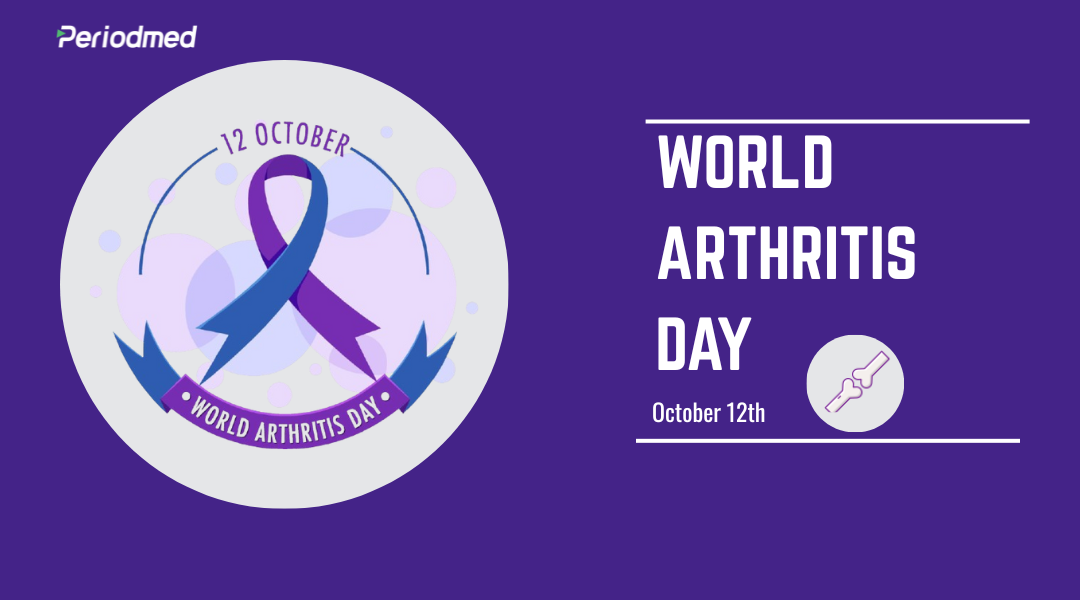
Why World Arthritis Day Matters
World Arthritis Day aims to shed light on the impact of arthritis, promote understanding, and advocate for better care and support for individuals living with this debilitating condition. Its goals are multi-faceted, each designed to bring positive change to the lives of those living with arthritis, their caregivers, and the broader society.
Raising Public Awareness: Bridging the Knowledge Gap
Raising awareness stands as one of the primary and foundational goals of World Arthritis Day. Arthritis is not a single disease but an umbrella term encompassing over 100 types, including osteoarthritis (the most common, affecting joints due to wear and tear), rheumatoid arthritis (an autoimmune disorder), and juvenile idiopathic arthritis (affecting children). Unfortunately, widespread public knowledge about these variations, their symptoms, and impacts remains limited. On this day, organizations, healthcare providers, and patient advocates launch targeted campaigns—such as social media initiatives, community workshops, and educational webinars—to educate the public.
Reducing Stigma: Validating the "Invisible" Struggle
Arthritis is often labeled an "invisible disease," and this invisibility is a major source of stigma. Unlike conditions with obvious physical signs, many people with arthritis may appear healthy on the outside, leading others to dismiss their pain, fatigue, or mobility challenges as "minor" or "made up." For example, a person with rheumatoid arthritis might cancel plans due to sudden joint stiffness, only to be accused of "being lazy"—a scenario that erodes their mental well-being and sense of belonging.
World Arthritis Day addresses this by dispelling myths and humanizing the experience of living with arthritis. By reducing stigma, the day empowers those with arthritis to speak openly about their needs, seek support without shame, and feel validated in their struggles.
Advocating for Better Care: Improving Systemic Support
In many regions—especially low- and middle-income countries—these resources are scarce or inaccessible. Even in wealthier nations, long wait times to see a rheumatologist or high costs of medication can leave patients without adequate care. World Arthritis Day serves as a catalyst for advocacy to address these gaps. Patient organizations, healthcare professionals, and advocates use the day to engage with governments, policymakers, and healthcare systems. For example, in some countries, advocates have successfully lobbied to include arthritis in national health priorities, leading to the expansion of community-based physiotherapy programs for rural patients. The goal is to create a healthcare system that is responsive to the unique needs of arthritis patients, ensuring no one is left behind due to systemic barriers.
Fostering a Supportive Community: Building Solidarity
Living with a chronic condition like arthritis can be isolating. Patients may feel alone in their struggles, especially if their friends, family, or colleagues do not fully understand their experience. Caregivers, too, often face stress and burnout as they support their loved ones. World Arthritis Day aims to counter this isolation by connecting people and building a sense of community. On this day, events such as support group meetings (in-person or virtual), walkathons, or online forums bring together arthritis patients, caregivers, advocates, and healthcare providers. These gatherings provide a space for individuals to share tips for managing symptoms (e.g., gentle exercise routines, heat therapy techniques), exchange emotional support, and celebrate small victories (like completing a daily task without pain).
How Periodmed Contributes to Arthritis Care
World arthritis day serves as a global platform to highlight the challenges faced by arthritis patients, promote understanding, and advocate for better care. Periodmed, as a prominent player in medical device industry, has the potential to contribute to these important goals through our products MSK ultrasound devices, Sports medicine devices, and patient monitoring systems.
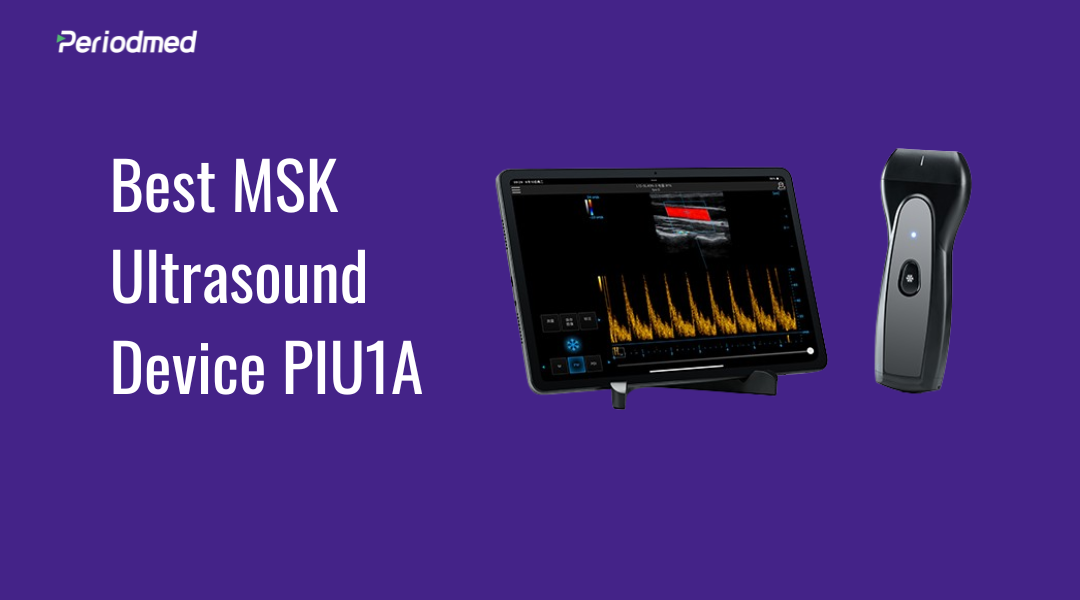
Early diagnosis and intervention are critical for managing arthritis effectively. Many types of arthritis, such as rheumatoid arthritis, can cause irreversible joint damage if left untreated in the early stages. That's why sports medicine diagnostic ultrasound has become a valuable and non-invasive tool. It allows rheumatologists to visualize inflammation, diagnose different types of arthritis (like RA versus osteoarthritis), and monitor treatment effectiveness.
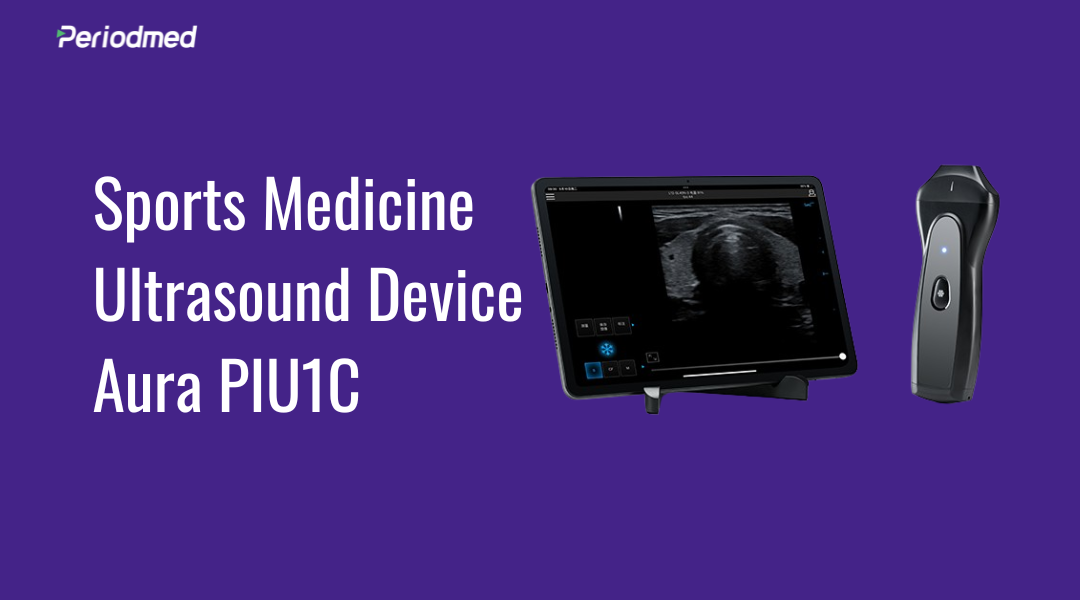
Periodmed is also working to raising awareness of the importance of early diagnosis and of "red flag" symptoms such as persistent joint pain (lasting more than a few weeks), swelling or stiffness in joints (especially in the morning), redness or warmth around a joint, or unexplained fatigue. We are actively creating educational materials on these topics and engaging with the healthcare community.
Common Types of Arthritis
Arthritis encompasses over 100 conditions, but the following three types are most widespread, each with distinct causes and impacts.
Osteoarthritis (OA), the most common, is a degenerative joint disease driven by wear and tear on cartilage—the protective tissue cushioning joints. It primarily affects weight-bearing joints like knees, hips, and spine, and is more common in adults over 65, though injury or obesity can trigger it earlier. Symptoms include gradual joint pain (worse with activity), stiffness (especially after inactivity), and reduced mobility.
Rheumatoid Arthritis (RA) is an autoimmune disorder where the immune system mistakenly attacks joint linings, causing inflammation, pain, and eventual joint damage. Unlike OA, it often affects smaller joints (hands, wrists, ankles) symmetrically (e.g., both hands) and can strike at any age, with women at higher risk. Symptoms include morning stiffness lasting hours, swelling, fatigue, and even systemic effects like fever or organ involvement.
Juvenile Idiopathic Arthritis (JIA) is the most common childhood arthritis, affecting kids under 16. It includes several subtypes, but all cause joint inflammation, stiffness, and sometimes growth issues. Unlike adult arthritis, JIA may also involve eye inflammation (uveitis), making early detection critical to prevent long-term complications. These three types highlight arthritis’ diversity, underscoring why tailored diagnosis and treatment matter.
10 Common Causes of Arthritis
Genetics: A family history of specific arthritis types raises your risk.
Autoimmune Reactions: Conditions like rheumatoid arthritis happen when the immune system attacks healthy joint tissue.
Age: Osteoarthritis (the most common type) links to aging—joint cartilage wears down over time.
Injury/Trauma: Fractures, dislocations, or repetitive joint stress can lead to post-traumatic arthritis.
Infection: Bacterial, viral, or fungal infections entering joints cause types like septic arthritis.
Metabolic Factors: Gout stems from uric acid crystal buildup, influenced by genetics, diet, and metabolism.
Hormonal Changes: Hormones may affect arthritis (e.g., rheumatoid arthritis is more common in women).
Environmental Factors: Smoking, air pollution, and toxins may contribute to certain arthritis types.
Obesity: Excess weight strains weight-bearing joints (knees, hips), boosting osteoarthritis risk.
Lifestyle/Diet: Diets high in red meat or sugary drinks can worsen arthritis, especially gout.
Symptoms of Arthritis
Joint Pain: A key symptom—mild to severe, localized to one joint or affecting multiple joints.
Joint Stiffness: Common, especially in the morning or after inactivity, limiting joint movement.
Swelling: Inflamed joints may enlarge, often with a warm sensation.
Redness & Warmth: Skin over inflamed joints (e.g., in rheumatoid arthritis) turns red and feels warm.
Decreased Range of Motion: Limits movement, making daily tasks hard.
Fatigue: Caused by inflammation and pain, common in arthritis patients.
Weakness: Muscles around affected joints weaken (from disuse/pain), worsening joint function.
Tenderness: Affected joints hurt even with light touch.
Crepitus: Grating or cracking feeling when moving some affected joints.
Joint Deformities: Over time, types like rheumatoid arthritis can change joint appearance.
Conclusion
World Arthritis Day reminds us arthritis is a global health issue impacting millions. Beyond raising awareness, reducing stigma, and advocating for better care—key steps to support patients—innovations like periodmed ultrasound solutions also play a role. This non-invasive diagnostic tool aids in early diagnosis and monitoring of joint health, aligning with the day’s mission to improve lives. Together, these efforts—awareness, advocacy, and accessible tech like periodmed ultrasound—help make a meaningful, positive impact for those living with arthritis.

















 EN
EN CN
CN
